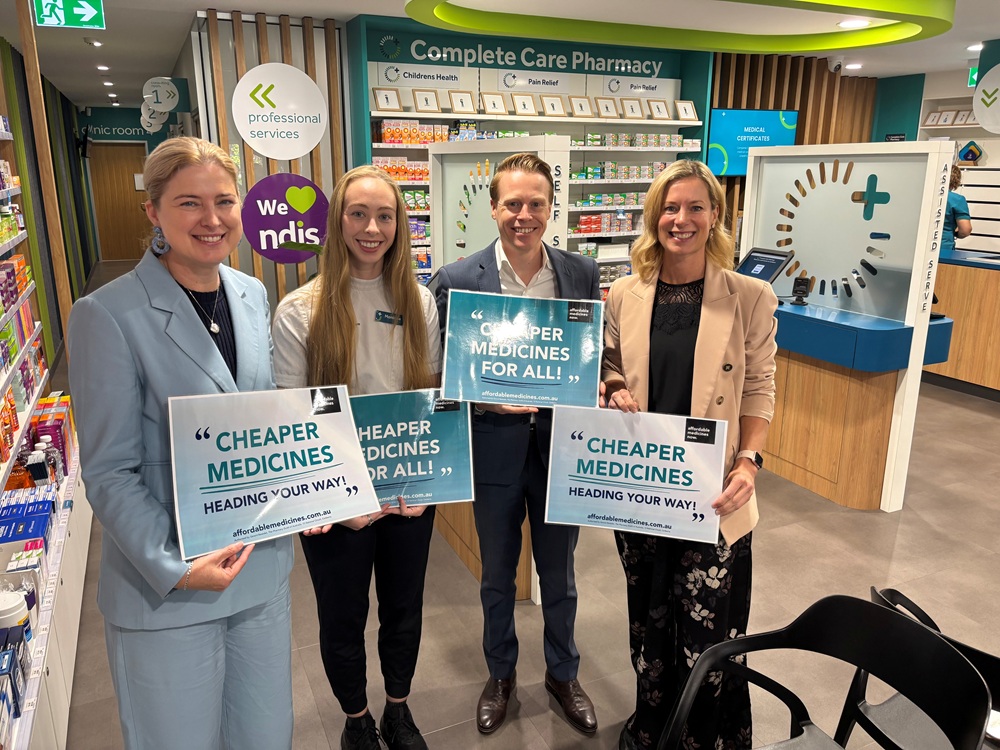The Labor Party had a strong focus on health during the campaign, announcing $8.5 billion to increase Medicare bulk-billing rates to 90% by 2030, another 50 Urgent Care Clinics, $1 billion to fill gaps in support with free mental health services, a 24/7 health advice line – and of course, a further reduction to the general PBS copayment to $25, advocated for by the Guild and a coalition of more than 20 leading health and community organisations.
The Labor Party has a strong, ongoing commitment to Medicare. It was an ALP government which created Medicare in 1984 as part of the Australian Accord, an agreement between the government, the ACTU and business aimed at addressing the prevailing economic challenges at the time. There was a strong focus on controlling wage growth to allow broad economic reform, while delivering “social wage” improvements to benefit workers, including universal healthcare through Medicare.
A lot has changed since 1984 – including the health profile of Australians. With an ageing population, health care is less about acute occasions of service, and more about ongoing care for chronic conditions.
During the last term of government, Minister Butler commissioned a range of reviews with the intention of restructuring Medicare to better serve the current health needs of Australia. Many of those reviews reported towards the end of the last parliament.
In the cabinet announcement, Minister Butler was returned to the health portfolio. He will be focused on delivering the commitments made over the course of the campaign, as well as implementing the recommendations of the reviews undertaken through the last parliament.
This is good news for anyone working in the health space, including pharmacists. It means the policy focus on health care will continue through this term of the parliament.
The reduction to the PBS copayment will come into effect from 1 January 2026. This reduction, campaigned for by the Guild, will see a reduction in the cost of 400,000 prescriptions a week. Combined with the previous cut to the copay after the last election, from 1 January 2026, PBS medicines will cost $25 a script compared to the $50+ they would have reached.
Of other interest to pharmacists, the response to the Unleashing the Potential of our Health Workforce review (also known as the Cormack Review) will prompt a discussion around scope of practice. The response to the review will look at the structural barriers to health professionals – like pharmacists – delivering care within their skills, training and experience. The Guild will be working to ensure that pharmacists are supported to work to their full scope of practice across the country.
During the campaign the Coalition Shadow Minister for Health, Senator Ruston, matched the ALP commitments meaning that the $25 PBS copay would have been delivered whatever the outcome. But the future direction for the Coalition in terms of health is hard to predict, as they undertake a full review of the policy post their election defeat.
PBS General Co-payment with and without intervention
| With pre-2023 policy | Actual & new forecast | With pre-2023 policy | Actual & new forecast | |
|---|---|---|---|---|
| General Co-pay | Concessional Co-pay | |||
| 2020 | $41.00 | $41.00 | $6.60 | $6.60 |
| 2021 | $41.30 | $41.30 | $6.60 | $6.60 |
| 2022 | $42.50 | $42.50 | $6.80 | $6.80 |
| 2023 | $45.60 | $30.00 | $7.30 | $7.30 |
| 2024 | $48.10 | $31.60 | $7.70 | $7.70 |
| 2025 | $49.40 | $31.60 | $7.90 | $7.70 |
| 2026 | $50.60 | $25.00 | $8.10 | $7.70 |
| 2027 | $51.90 | $25.20 | $8.30 | $7.70 |
| 2028 | $53.20 | $25.40 | $8.50 | $7.70 |
| 2029 | $54.50 | $25.60 | $8.70 | $7.70 |
| 2030 | $55.90 | $25.80 | $8.90 | $7.90 |











